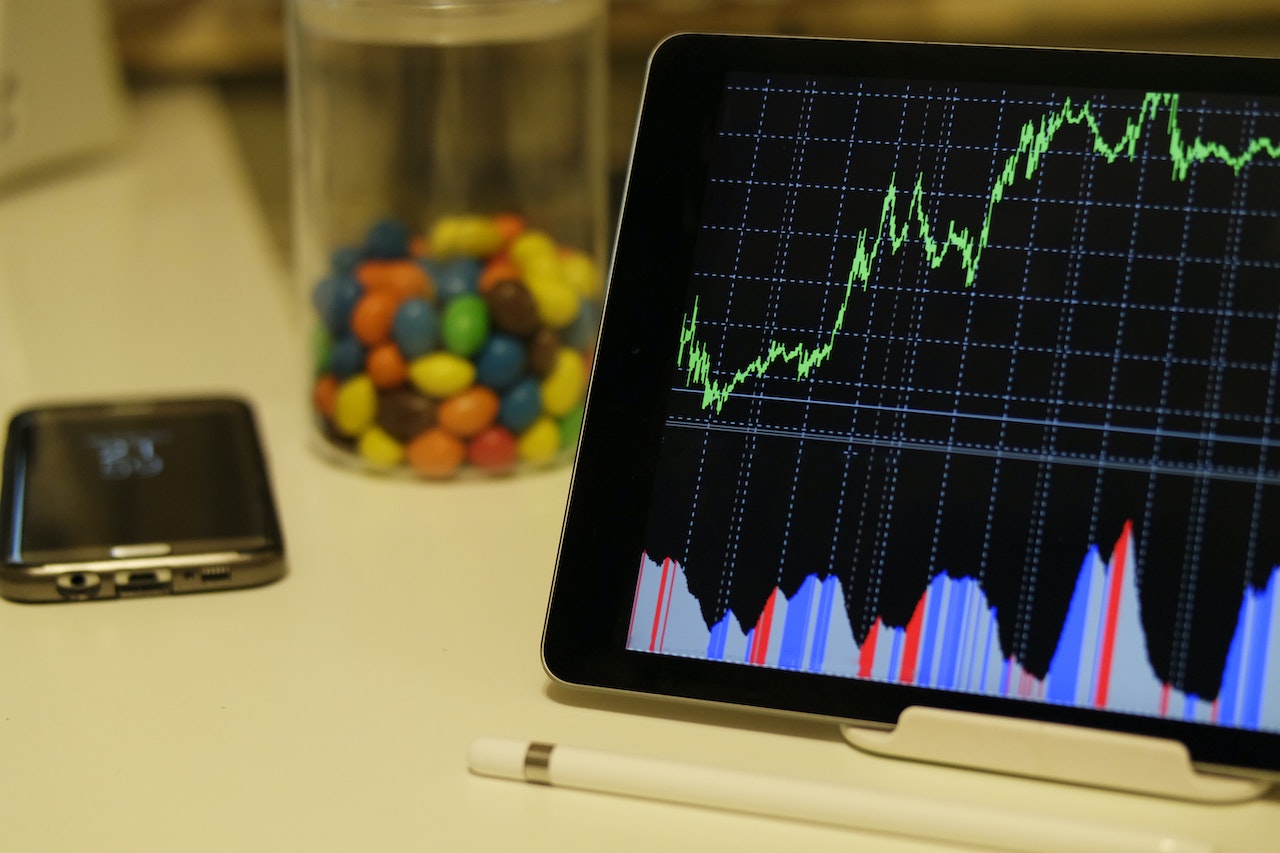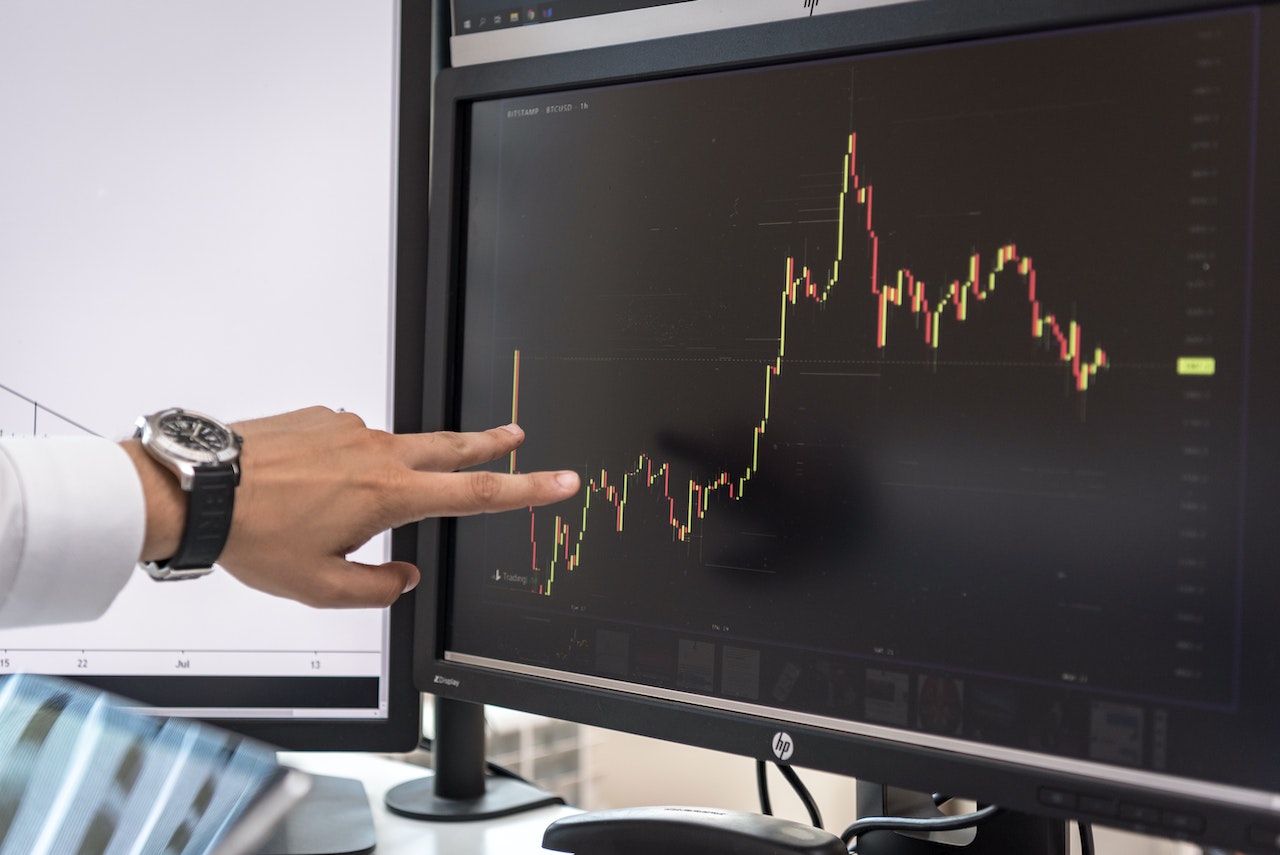Overview of Forex Trading and Different Strategies
Forex trading, or foreign exchange trading, is the buying and selling of different currency pairs to generate a profit. By understanding how currencies are affected by factors such as economic news, geopolitical events, and central bank decisions, traders can develop strategies to capitalize on these movements. One of the most used forex trading strategies is diversification – spreading out investments across multiple currency pairs. This allows traders to better manage risk when investing in unpredictable markets. With this strategy in mind, let’s explore some of the most popular currency pairs used for diversifying a forex portfolio.
Major Currency Pairs
The major currency pairs consist of those that are traded the most often and have higher liquidity than other currency pairs. These pairs also typically have the tightest spreads, meaning that they offer lower transaction costs than other currency pairs. Examples of major currency pairs include:
- EUR/USD (euro to US dollar)
- GBP/USD (British pound to US dollar)
- USD/JPY (US dollar to Japanese yen)
- AUD/USD (Australian dollar to US dollar)
- USD/CAD (US dollar to Canadian dollar)
Minor Currency Pairs
The minor currency pairs are those pairs that are not as widely traded but still offer attractive trading opportunities. Although these currencies may be less liquid and have wider spreads than major currency pairs, traders can use them to capitalize on price movements and volatility.
Exotic Currency Pairs
The exotic currency pairs are those that are not traded as often and involve a major currency paired with a much smaller or “exotic” currency. These pairs tend to have the widest spreads, which means they will typically incur higher transaction costs than other currency pairs. The exotic currencies involved are typically from emerging markets, such as those in the Caribbean or Latin America.
Analyzing Correlations and Risks Between Currencies
When diversifying a forex portfolio, traders need to consider the relationships between different currency pairs. One common approach is to analyze the correlations between different currencies by looking at their historical price movements. If two currencies tend to move in the same direction, this could indicate that there is a strong correlation between them. On the other hand, if two currencies tend to move in opposite directions, this could indicate that there is an inverse relationship between them. It’s also important for traders to understand the risks associated with each currency pair before investing. Several factors can affect currency prices, including changes in interest rates, economic data releases, and geopolitical events.
Building a Diversified Portfolio with Multiple Currency Pairs
By diversifying their portfolio across multiple currency pairs, traders can better manage risk and capitalize on the changing market dynamics. When building a diversified forex portfolio, traders need to understand how different pairs are correlated and the risks associated with each currency pair. By analyzing correlations between currency pairs and understanding the factors that can affect their prices, traders can develop informed strategies for spreading out investments to maximize profits while minimizing losses. With a well-diversified portfolio of currency pairs, investors can gain exposure to multiple markets and take advantage of opportunities as they arise.
The Benefits of Investing in Exotic Currencies
Although they tend to be less liquid and have wider spreads than major currencies, investing in exotic currency pairs can also offer a variety of advantages. By diversifying a portfolio with exotic currencies, traders can gain access to markets that are not as widely traded and capitalize on potential returns that the major currencies may not offer. Furthermore, by understanding how different factors affect these currencies, investors can better manage risk while still taking advantage of potentially higher returns from emerging markets.
Explaining the Impact of Political Events on Currency Values
Political events can have a major impact on currency values, and traders need to understand how these events can affect their investments. Major political events such as elections, referendums, or changes in government policy can cause sudden shifts in the value of certain currencies. By monitoring developments in international news and analyzing how different currencies respond to these events, traders can identify trading opportunities as well as potential risks.
Identifying Profitable Exotic Currency Pairs
Exotic currency pairs often offer different opportunities than those of major currencies. By analyzing the correlations between these pairs and looking at their historical price movements, traders can identify potentially profitable trades. Additionally, by understanding the factors that affect these currencies, such as changes in central bank policies or economic data releases, traders can better manage risk while also identifying possible trading opportunities.
By carefully analyzing the market and making informed decisions about which currency pairs to invest in, traders can gain exposure to multiple markets and maximize profits while diversifying their portfolios. With a well-diversified forex portfolio, investors can capitalize on changing market dynamics and take advantage of potential returns in both established and emerging markets.
Conclusion
By diversifying their forex portfolio with multiple currency pairs and understanding the correlations between them, traders can better manage risk while still taking advantage of potentially higher returns from emerging markets. Furthermore, by understanding how different political events can affect currency values, investors can develop informed strategies for capitalizing on changing market dynamics. With careful analysis of the market, traders can identify potentially profitable trades and build a diversified portfolio that maximizes profits while minimizing risks.





